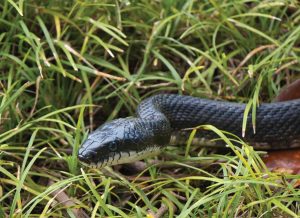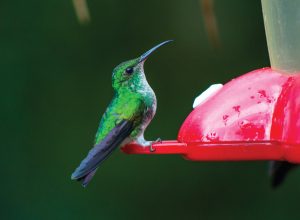If you have ever brushed up against the plant Urtica dioica during your outdoor wanderings, I can guarantee you vividly remember it. The stems and lower leaves of the common bull nettle are covered with a profusion of very fine hair-like needles loaded with formic acid. Even the briefest encounter with bare skin produces an immediate fiery, burning and itching rash. Immediate thorough washing of the affected area will bring relief or applying juice from the crushed stems of the Jewelweed plant will also neutralize formic acid.
Common nettle or stinging nettle can be found throughout the Midwest and grows profusely in large patches in creek and river bottom areas.
As a child wandering the river bottoms, I learned to keep a wary eye out for the river bottom nemeses. Invariably, I would wander into a patch and be brought to immediate attention as a burning fire raked my bare arms or legs and immediately head for the river to wash away the burning sting.
Common nettle or bull nettle grows to a height of about 3 feet and the stems are covered with thousands of fine hair-like barbs.
Years ago, I was amazed to learn nettles were a major source of greens for Native Americans. In all my foraging years, the thought of actually eating bull nettles never crossed my mind.
Wearing gloves, a thick long-sleeved shirt and jeans are strongly recommended when gathering nettles. The best bull nettle greens are picked early in the season when the plants are 8-12 inches tall, young and tender. When gathering greens later in the season from mature plants, take scissors and snip off only the tender top 6 or 8 inches. I drop my cuttings into a clean 5-gallon bucket and give them a good rinsing before placing them in boiling water.
Once you have foraged for bull nettle greens, you’ll be quick to do it again. One thing you can count on – there won’t be a lot of competition. You’ll most likely have the patch all to yourself.
Boiling water immediately dissolves the hair like barbs and neutralizes the formic acid. When drained and seasoned, the result is an absolutely delicious dish of greens. I prefer to sauté my greens with smoked ham hock and onion, and I use Balsamic vinegar to enhance the flavor.
As with all wild, foraged foods, try sampling a small amount to see if you have any adverse reaction. When you do bring bull nettle greens to the table, eat in moderation. I’ve not heard of anyone suffering repercussions from eating them when properly prepared.








